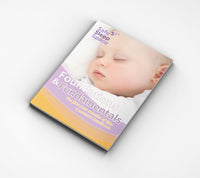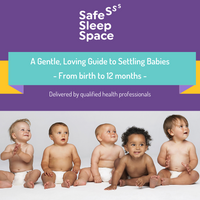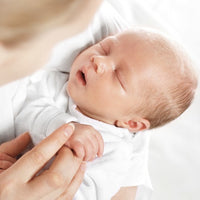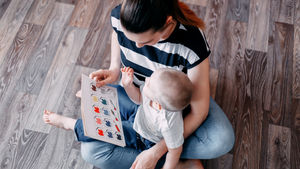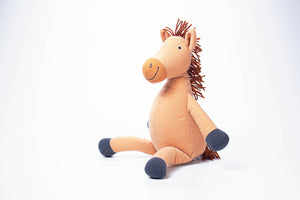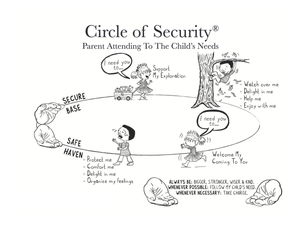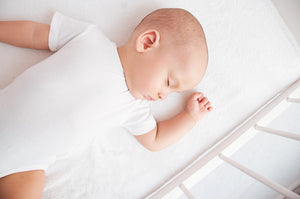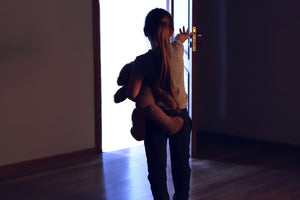Sleep Tip 4 - What is a Sleep Cycle? How is this different for babies and toddlers?

What is a sleep cycle?
The two sleep states as it relates to baby and toddler sleep cycles are called
- Non REM (Non Rapid Eye Movement) or Deep or Quiet Sleep
- REM (Rapid Eye Movement) or Light or Active sleep.
When a baby or toddler is in quiet sleep, also known as deep sleep or non-rapid eye movement, they are floppy, relaxed and sound asleep.
During active sleep, also known as light sleep or rapid eye movement sleep, they twitch, jerk and may even make little sounds.
In a normal sleep cycle, babies move between active sleep and quiet sleep, as do adults. The difference is that a baby’s sleep cycle is much shorter than an adult’s, and babies are less able to connect one sleep cycle to the next.
From birth, sleep cycles normally vary in length from 20 to 35 minutes. As your baby matures, the average sleep cycle will begin to extend to around 30 to 45 minutes. As they develop into a toddler the sleep cycle lengthens to around 60 minutes.
When an adult completes a sleep cycle they usually drift into another. This threading together of cycles makes up a ‘night’ of sleep.
Babies and toddlers, however, have variable sleep patterns and cannot always connect one cycle to the next. Sometimes they can drift back to sleep and other times they cannot. It is during these times that they need support to ease into the next sleep cycle.
Please note:- In saying this, babies – particularly very young babies – require frequent feeding and will wake if they are hungry. Therefore, you should never try to settle a hungry baby.

A Sleep Cycle appears like a bell shape or a wave where a baby/toddler goes from being awake and alert, then down into a deep sleep. They transition again becoming lighter in their sleep as they reach the rapid eye movement or REM sleep phase. From that rapid eye movement phase, ideally, they should go back down into the deep sleep again. They may need help If they don’t know how to go back to sleep from that rapid eye movement phase.
Just as your baby may find it hard to drift to sleep without a little help, it’s really normal for some babies to have trouble moving from one sleep cycle to the next – without the need for assistance. But just like the process of helping them drift to sleep, with your support, over time (and with maturity), they will eventually manage to thread together multiple sleep cycles.
When sleep associations, particularly dependent sleep associations are relied upon, is when babies/toddlers may find it difficult to connect their sleep cycles. Stay tuned for our Tip coming up on Sleep Associations.
Need more help? Check out our Sleep Consultations [here] or our App Rockabub [here] or stay informed on our Facebook page
This article was written by Cindy Davenport, Clinical Director, MCHN, RN, Safe Sleep Space
